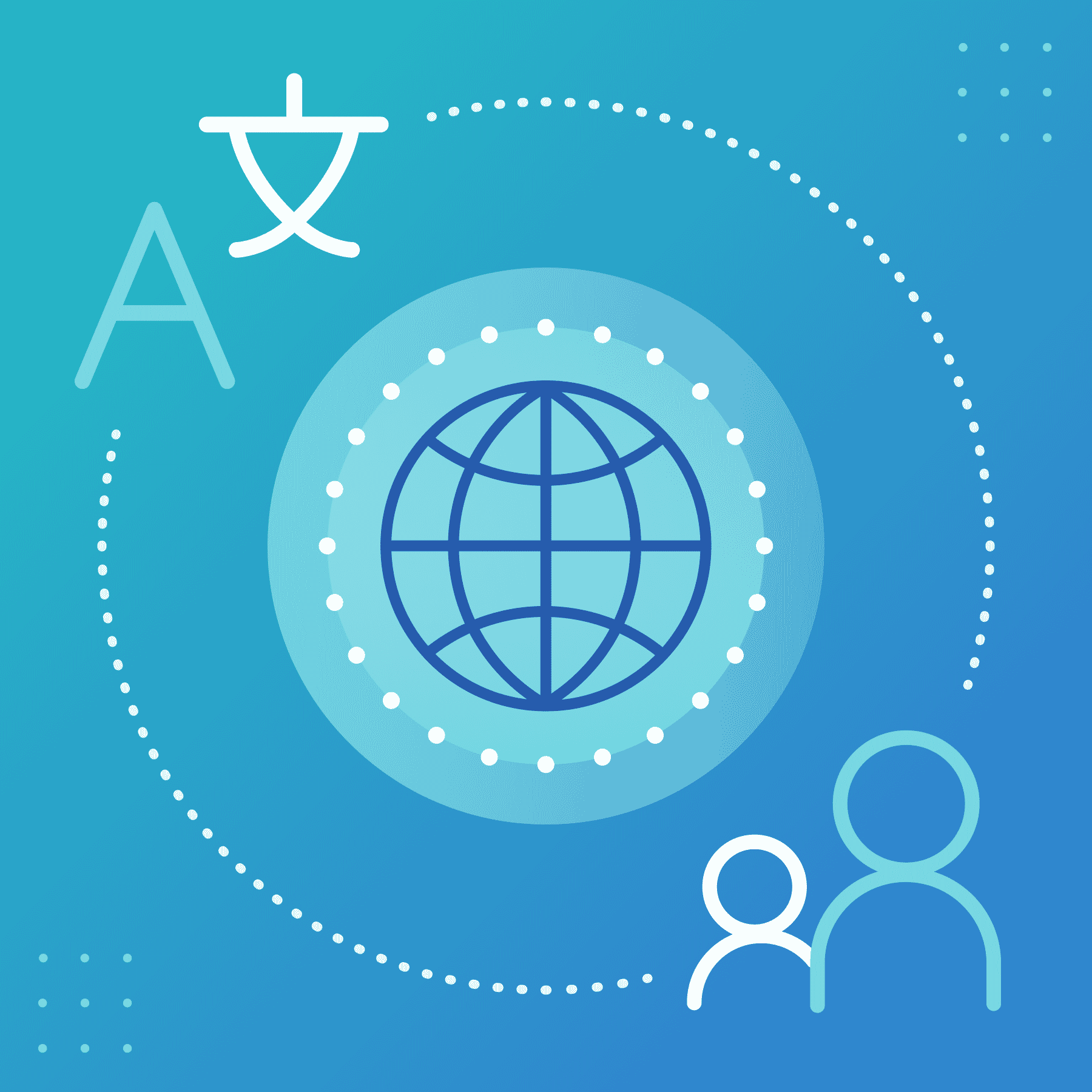This guest post was written by Scott Bass, the principal of LocFluent Consulting. Scott has been active in the language industry for over 30 years. Scott was formerly the founder and owner of Advanced Language Translation, Inc., a technical translation and localization specialist company, which he established in 1994. In 2015, he sold his company to Morningside Translations, one of the fastest-growing language service providers in the U.S. Most recently, Scott was Vice President for Morningside’s Professional Services Group, where he focused on onboarding new clients, building the foundation for strong client relationships, and ensuring customer satisfaction.
The language industry—yes, there is a language industry (whom you should thank for all the great Netflix subtitles—à la “The Squid Game”)—has its own jargon like any other industry. And despite being in the communications business, it too struggles with a different language. One special case involves the terms “translation” and “localization”. Many in the language industry and those close to it use these terms interchangeably. But are they synonyms? The answer is more nuanced than you may think.
The relationship between localization and translation is like that between thumbs and fingers. Thumbs are fingers, but not all fingers are thumbs. All localization includes translation, but not all translations are localizations.
What is translation?
Translation is the conveyance of meaning from the text of one language into the text of a different language. It is a conversion of the written form of a message in which the message is re-encoded and keeps the original meaning. Translation is focused on precisely that—conveying the meaning of a text. For example, a text you pass through Google Translate, will convey the meaning of the original, let’s say in English, to a copy of the original into another language such as Spanish. However, what you may often hear from a native Spanish speaker is that the Google translation service makes sense but doesn’t read authentically. Why is that? It is because a machine translation engine cannot capture nuance, emotion, sentiment, and mood that may be clear within the translation process. Attributes such as word choice, sentence structure, and phrasing all combine to evoke a response in the reader. Translation software doesn’t know how to do that within the direct translation. A machine translation engine or a professional translator who does not have the skill, experience, or imagination to capture the nuance of the original text and convey that along with the meaning, will supply that direct translation that will convey meaning, but something will be lost in the translation process.
What is localization?
Localization is adapting that translated content to the cultural and linguistic expectations of the global audience consuming the content. It goes beyond translation and concerns itself with nuance and cultural differences and norms. For example, translation cares about converting a date into its equivalent form: January 24, 2022, becomes 24. January 2022 when translated into German. The “.” after 24 in German connotes an ordinal number or “24th”. “Januar” is the first month of the calendar year. However, if I translate January 24, 2022, as 24. Jänner 2022, I have now localized it for the country of Austria, which uses “Jänner” as the name of the month. Put simply, translation gets the job done, while localization goes the extra mile!
You can catch glimpses of localization or when it is lacking when watching Netflix. If you watch enough German shows a character may make a passing reference to Heino, a singer of Schlager or popular German folk music, rarely heard outside of Germany. This type of cultural reference can often be difficult to localize for international English-speaking audiences. Which artist in the English-speaking world does a localizer choose? Engelbert Humperdinck? Or maybe Tom Jones would have broader appeal?
Localizing popular films and video games is the most challenging of all localization tasks. Popular language usage shifts quickly and communities form that develop their own language preferences. For example, when localizing Japanese video games for English-speaking players, game localizers must be cautious not to over-localize and remove Japanese cultural references that players are accustomed to seeing.
There is another meaning of localization commonly used by the language industry. It describes the technical process of ensuring the translated content is properly integrated and functions in digital media. By extension, this content should also account for the cultural nuances of the content as well. When the localization process is referenced in the context of developing an app or publishing other types of digital content for global markets it encompasses both the technical and cultural aspects of the work being done.
Translation vs. Localization
Translation and localization are easily conflated because they are so closely related. Translation is the foundation for localization. Localization takes on the added layers of technical and cultural adaptation necessary to make a final product that is highly aligned with the target language and to the needs and expectations of the audience or groups of users who will use the product—whatever it may be—digital content, apps, games, air fryers, or glucose meters.
If your organization wants to support and engage a global audience, you will need both.









